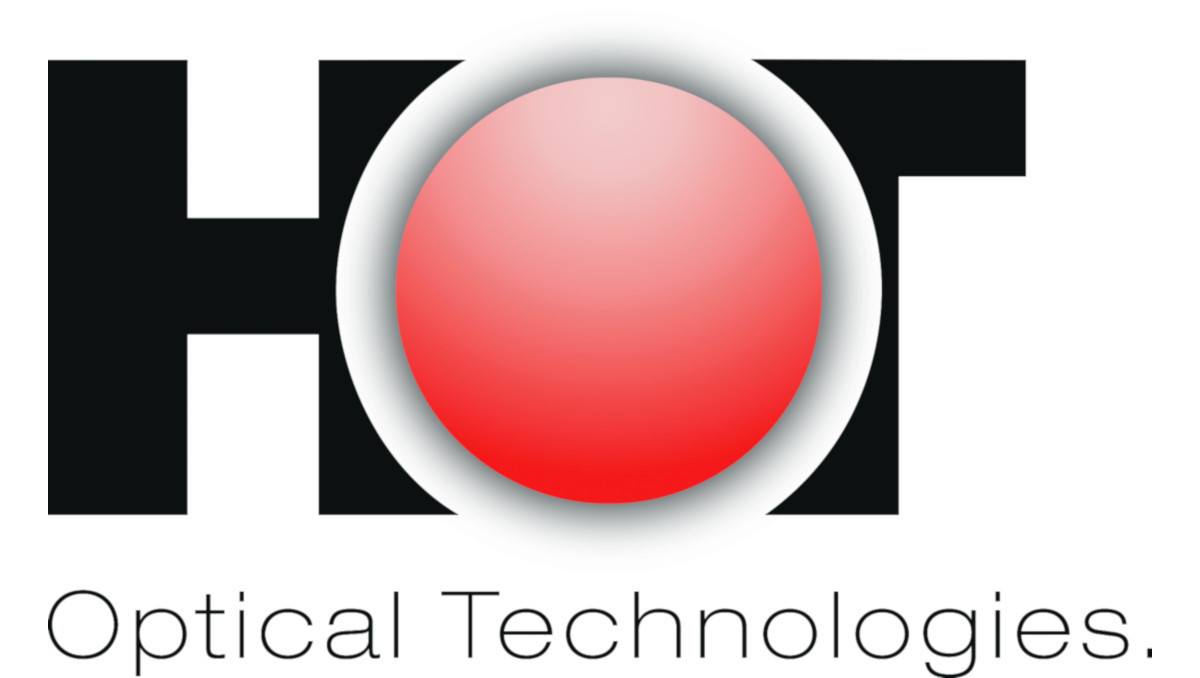Im Bereich der Optik und Photonik werden in der Forschungsgruppe von Prof. Calà Lesina "Computational Photonics" verschiedene Themen für Masterarbeiten (30 Credits, 6 Monate) angeboten. Prof. Calà Lesina ist Mitglied von PhoenixD und Leiterin der Forschungsgruppe "Computational Photonics" am HOT - Hannover Centre for Optical Technologies.
Die folgenden Themen sind verfügbar:
1) Simulation and design of optical meta-waveguides
Optical metasurfaces are arrays of nanostructures that can modify the properties of light upon reflection or transmission. Metasurfaces can be built on top or on the facet of a waveguides to bring their functionalities to the realm of integrated optics. The student will perform numerical simulations of such integrated metasurfaces to come up with innovative designs. The student will learn how to perform simulations with the commercial software COMSOL Multiphysics and Ansys Lumerical. Inverse design based on topology optimization can also be exploited to come up with innovative designs.
2) Inverse design of nanophotonic structures with topology optimization
Optical metasurfaces and metamaterials represent a revolutionary platform to manipulate the behaviour of light at the nanoscale. They can reduce the footprint of traditional optical components, and achieve optical properties otherwise not available (beam steering, wavefront manipulation, polarization control, etc), thus finding applications in all domains of optics and photonics. The student will work with the simulation software Ansys Lumerical and Meep to perform the inverse design of nanophotonic and integrated optical systems via topology optimization.
3) Tunable metasurfaces via liquid crystals
Optical metasurfaces are arrays of nanostructures that can modify the properties of light upon reflection or transmission. Tuning the optical response of such metasurfaces has important implications for display technology, autonomous driving, and adaptive optical lenses. The student will explore some innovative tuning mechanisms based on liquid crystals to control the optical response of the metasurface. The student will learn how to perform electromagnetic simulations with the commercial software COMSOL Multiphysics, as well as open-source packages.
Erforderliche Qualifikationen für alle Arbeiten:
- Sehr gute Programmierkenntnisse (Python, Matlab, C++)
- Sehr gute Kenntnisse in Wellenoptik und Elektromagnetik
- Ausgezeichnete Kommunikation in Englisch
Für die Bewerbung bitte den Lebenslauf und die Transkripte an Prof. Antonio Calà Lesina (antonio.calalesina@hot.uni-hannover.de) senden.
Je nach Qualifikation des Kandidaten können diese Themen auch an den Arbeitsaufwand und die Dauer eines Projekts angepasst werden (10 Credits, 3 Monate).



